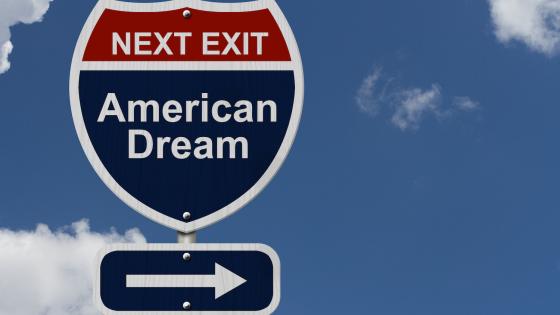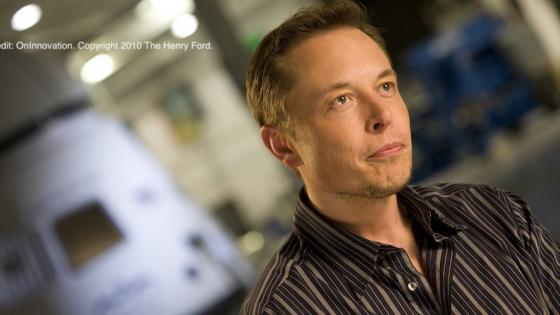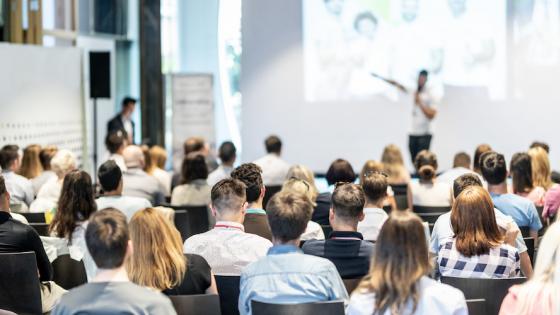“Homo sapiens rules the world because it is the only animal that can believe in things that exist purely in its own imagination, such as gods, states, money and human rights.”
Sapiens: A Brief History of Humankind (Harari 2011)
The quintessential story of entrepreneurship and advancement is the ‘American Dream’, which has inspired many generations of US citizens and immigrants to work hard, making the US the most powerful and innovative country on Earth. In his seminal book on Narrative Economics – which spawned much research (e.g. Tubadji et al. (2020), Wohlfart et al. 2021) – Robert Shiller discusses the American Dream as “something appealing and original […] that made it slowly and consistently contagious” (Shiller 2017: 151).
But the story is not always told equally positively, and cynical renditions may discourage coordination on firm creation. Berlant (2011), for example, paints the American Dream as “cruel optimism”. And the American Dream is now also routinely being buried by academics (e.g. Narang et al. 2017) and commentators across the political spectrum. On 1 November 2020, for example the New York Times headlining “Obituaries for the American Dream” asked its readers to ponder the question “When and how did the American dream die for you?”.
In order to assess whether the American Dream story still inspires budding local entrepreneurs, in a recent paper (Mishra et al. 2023) we quantitatively measure the association between the local telling of the American Dream story and local entrepreneurship. We use textual analysis on articles related to the American Dream published in local newspapers. We then assess how a more ‘positive’ telling of the story (e.g. ‘optimistic’ and/or ‘confident’ versus ‘cynical’ and/or ‘doubting’) is associated with local entrepreneurial dynamism.
Our methodology entails downloading newspaper articles that comprise certain keywords germane to the interpretation and elucidation of the American Dream. We then score each article based on the extent to which it captures polarity (whether in a positive or negative way) in its discussion of the American Dream. We thus create a measure of polarity on the messaging of the American Dream across space and over time. This allows us to use this measure as an explanatory variable for various measures that capture entrepreneurial dynamism. To measure entrepreneurship, we use data from the Startup Cartography project (Andrews et al. 2022), which provides a database of all startups incorporated in the US at the county-year level (among others), covering the period 1988–2016.
We find that articles on the American Dream story in local newspapers boost local entrepreneurship in terms of both total numbers and per capita. Indeed, we estimate that a one standard deviation increases in articles (i.e. 27.6 more articles) on the American Dream in a county in the year corresponds to around 7,043 more businesses being started in that county, or 44% of a standard deviation of the number of firms created every year across the counties. This also corresponds to around 208 more businesses started per 100,000 residents in the county, or 50% of a standard deviation of the number of firms per 100,000 residents created every year across the counties. This is a sizable correspondence.
Positive telling of the American Dream story can further boost this effect. Some estimates imply that for every one standard deviation increase in positivity, 500 extra firms are created. Positivity may also affect the choice of the type firms created. E-commerce, deep tech, local economy, and manufacturing startups seem to be especially boosted by a positive telling of the story.
Closest to our findings is recent work by Kim (2023), whose experiment shows that exposure to ‘rags to riches’ entertainment media increases people’s beliefs in upward economic mobility and in the American Dream. We expand her findings by showing that writing about the American Dream story itself is associated with real world effects in terms of actual entrepreneurship.
In this regard, we are also inspired by recent work that measures the impact of ‘motifs’ in folklore, as identified by anthropologist and folklorist Yuri Berezkin, on socoeconomic outcomes (e.g. Michalopoulos and Xue 2021). This new work expands a vast extant literature on the saliency of culture and religion for socioeconomic outcomes (e.g. Barro and McCleary 2006) and intersects with a literature on the interaction between media and culture (e.g. Hepp 2013, Ang 2023, Esposito et al. 2023).
Our application focuses on the contemporaneous telling and coordinating character for entrepreneurship of the American Dream story as it appears in local newspapers.
References
Andrews, R J, C Fazio, J Guzman, Y Liu, and S Stern (2022), "The Startup Cartography Project: Measuring and Mapping Entrepreneurial Ecosystems", Research Policy 51: 104437.
Ang, D (2023), "The Birth of a Nation: Media and Racial Hate", American Economic Review 113: 1424-60.
Barro, R J and R M McCleary (2006), "Religion and Economy", Journal of Economic Perspectives 20: 49-72.
Berlant, L (2011), Cruel Optimism, Duke University Press.
Esposito, E, T Rotesi, A Saia, and M Thoenig (2023), "Reconciliation Narratives: The Birth of a Nation after the US Civil War", American Economic Review 113: 1461-504.
Harari, Y N (2011), Sapiens – A Brief History of Humankind, Penguin Random House.
Hepp, A (2013), Medienkultur: Die Kultur Mediatisierter Welten, Zentrum für Medien-, Kommunikations- und Informationsforschung (ZeMKI) Universität Bremen.
Kim, E (2023), "Entertaining Beliefs in Economic Mobility", American Journal of Political Science 67: 39-54.
Michalopoulos, S and M M Xue (2021), "Folklore", The Quarterly Journal of Economics, forthcoming.
Mishra, M, J Fu, and S Ongena (2023), "Do Narratives about the American Dream Rally Local Entrepreneurship?", CEPR Discussion Paper No. 18532.
Narang, J, R Manduca, N Hendren, M Hell, D B Grusky, and R Chetty (2017), "The Fading American Dream: Trends in Absolute Income Mobility Since 1940", VoxEU.org, 5 May.
Shiller, R J (2017), "Narrative Economics", American Economic Review 107: 967-1004.
Tubadji, A, D Webber, and F Boy (2020), "COVID-19: Narrative Economics, Public Policy and Mental Health", VoxEU.org, 10 June.
Wohlfart, J, I Haaland, C Roth, and P Andre (2021), "Inflation Narratives", VoxEU.org, 23 December.






